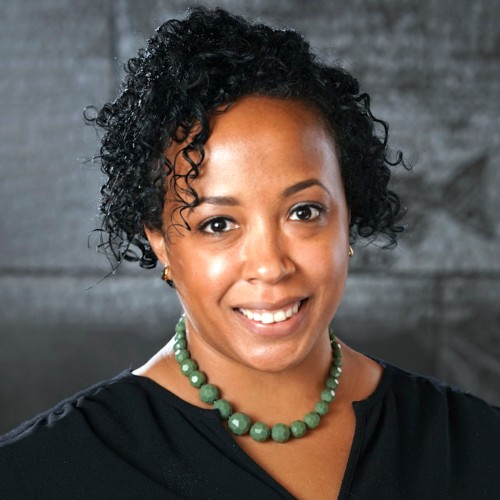
Olga Enger/Shutterstock
.
Summertime can either reinforce or redress the inequalities that exist for young people.
That’s one takeaway from the National Academy of Sciences’ (NAS) recent look at the summer experiences of children and youth.
Kids’ access to enriching activities, adequate supervision or even physical safety depends on their parents’ financial standing, notes the report, released in September.
But it doesn’t have to be this way, it seems to say.
It makes a series of recommendations, including urging local communities to assess summertime needs as part of their planning processes.
In the summer, kids need “a balance of structured and unstructured time,” said Rebekah Hutton, program officer for the National Academies of Science, Medicine and Engineering and director of the summertime study.
“When there are structured programs, they can be a really great way to deliver services that kids need, especially those in underserved communities,” Hutton said. It’s important to make these programs accessible to all, she said.
When school is out for the summer, families — especially low-income ones — lose services they had during the school year. Meals, supervised activities and even some school-provided medical care are not available.
And the day camps and overnight camps available in the summer serve mostly middle-income kids, according to the report.
The average weekly cost of a summer program is $288, but a family of four at 100% of poverty level has income of only about $483 a week, the report says.
The NAS study committee recommended that cities and counties assess their community’s summertime needs and make a plan to fill the gap.

Rebekah Hutton
“Communities are in the best position to understand the need,” Hutton said.
They should specify the outcomes they desire and develop a way to measure those outcomes.
“Families should be a part of that discussion,” Hutton said.
Communities should also put in place a continuous quality improvement process, the report recommended.
It was sponsored by The Wallace Foundation and the Robert Wood Johnson Foundation.
The reality of summer
What are kids actually doing in the summer?
The report tried to answer that question, but the available data is limited, Hutton said. She said that year-round data on children and youth should be disaggregated to reveal more about the summer period.
In addition to spending time with their families, about 26% of kids (14 million) ages 5 to 17 attend summer camp. Older kids often have summer jobs, but the number employed has been dropping since 2000, according to the report. Fewer than one-third of teens ages 16-19 have summer jobs.
The report noted that “hours previously devoted to less-structured socializing and social play have been replaced by time spent using digital media.”
In general, kids ages 8 to 12 spend six hours a day using electronic media (TV, electronic games, computer, phone) and those 12 and older spend nine hours, the report said.
In the past, research has looked at specific issues such as summer learning loss and weight gain, but the committee took a wider approach, looking at kids’ academic, social and emotional needs as well as health and safety, Hutton said. Summer can affect youth outcomes in all these areas, she said.
Research shows summer programs clearly can benefit youth, although this is not true of all programs, the report said.
Other recommendations:
- Foundations should support the network organizations that are creating beneficial programs for kids and promoting effective practices.
- Governors and mayor should bring together employers to help expand access to beneficial summer activities.
- The U.S. Department of Agriculture should increase access to the Summer Food Service Program.
- Federal, state and city officials should work with businesses to increase summer job opportunities for young people.
- Government agencies, foundations and businesses that support summer programs should target the ones that employ best practices and that focus on underserved kids.
- Agencies responsible for kids in foster care and the juvenile justice system should provide comprehensive programs for them in the summer.
This story has been updated.































